Select an Orthopaedic Specialty and Learn More
Use our specialty filter and search function to find information about specific orthopaedic conditions, treatments, anatomy, and more, quickly and easily.
GET THE HURT! APP FOR FREE INJURY ADVICE IN MINUTES
Shoreline Orthopaedics and the HURT! app have partnered to give you virtual access to a network of orthopaedic specialists, ready to offer guidance for injuries and ongoing bone or joint problems, 24/7/365.
Browse Specialties
-
- Minimally Invasive Surgery (Arthroscopy)
Arthroscopy (Minimally Invasive Surgery)
Arthroscopy is a minimally invasive surgical procedure used by orthopaedic surgeons to visualize, diagnose, and treat problems inside the joint. Because it requires only tiny incisions, arthroscopy can be performed without a major, invasive operation and many procedures can be done on an outpatient basis.
More Info -
- Hip
- Joint Disorders
Hip Osteonecrosis
Osteonecrosis of the hip is a painful condition that develops when the blood supply to the femoral head is disrupted. Without adequate nourishment, the bone in the head of the femur dies and gradually collapses. This causes the articular cartilage covering the hip bones to also collapse, leading to disabling arthritis and destruction of the hip joint.
More Info -
- Joint Disorders
- Knee
- Pediatric Injuries
- Sports Medicine
Jumper’s Knee
Repetitive contraction of the quadriceps muscles in the thigh can stress the patellar tendon where it attaches to the kneecap, causing inflammation and tissue damage (patellar tendinitis). For a child, this repetitive stress on the tendon can irritate and injure the growth plate, resulting in a condition referred to as Sinding-Larsen-Johansson disease.
More Info -
- Foot & Ankle
- Podiatry
Morton’s Neuroma
Morton’s neuroma is not actually a tumor—it is a thickening of the tissue that surrounds the digital nerve leading to the toes. Morton’s neuroma most frequently develops between the third and fourth toes, and occurs where the nerve passes under the ligament connecting the toe bones (metatarsals) in the forefoot.
More Info -
- Joint Disorders
- Joint Replacement & Revision
- Knee
Partial Knee Replacement
Unicompartmental (or partial) knee replacement is an option for a small percentage of patients with osteoarthritis of the knee that is limited to a single compartment of the knee. During this procedure, only the damaged compartment is replaced with metal and plastic, while the healthy cartilage and bone in the rest of the knee is left alone.
More Info -
- Foot & Ankle
- Sports Medicine
Peroneal Tendon Injuries
Basic types of peroneal tendon injuries are tendinitis, acute and degenerative tears, and subluxation. Peroneal tendon injuries occur most commonly in individuals who participate in sports that involve repetitive or excessive ankle motion. People with higher arches have an increased risk for developing peroneal tendon injuries.
More Info -
- Foot & Ankle
- Pediatric Injuries
- Podiatry
- Sports Medicine
Sever’s Disease
Sever’s disease (also known as osteochondrosis or apophysitis) is an inflammatory condition of the growth plate in the heel bone (calcaneus). One of most common causes of heel pain in children, Sever’s Disease often occurs during adolescence when children hit a growth spurt.
More Info -
- Fractures, Sprains & Strains
- Ligament Disorders
- Muscle Disorders
- Sports Medicine
Sprains & Strains
A sprain is the stretching or tearing of ligaments that connect one bone to another, often caused by a fall or sudden twisting of a joint. A strain can be a simple stretch in a muscle or tendon (the fibrous cords of tissue that attach muscles to bone), or it can be a partial or complete tear in the muscle-tendon combination.
More Info -
- Elbow
- Joint Disorders
- Sports Medicine
Tennis Elbow (Lateral Epicondylitis)
Lateral epicondylitis, more commonly known as tennis elbow, is a painful condition that occurs when overuse results in inflammation of the tendons that join the forearm muscles on the outside of the elbow. Recent studies show that tennis elbow is often due to damage to the extensor carpi radialis brevis (ECRB), a specific forearm muscle that helps stabilize the wrist when the elbow is straight.
More Info -
- Fractures, Sprains & Strains
- Muscle Disorders
- Sports Medicine
Thigh Muscle Strain
Muscle strains usually happen when a muscle is stretched beyond its limit, tearing the muscle fibers. They frequently occur near the point where the muscle joins the tough, fibrous connective tissue of the tendon. A similar injury occurs if there is a direct blow to the muscle. Muscle strains are graded according to their severity.
More Info

